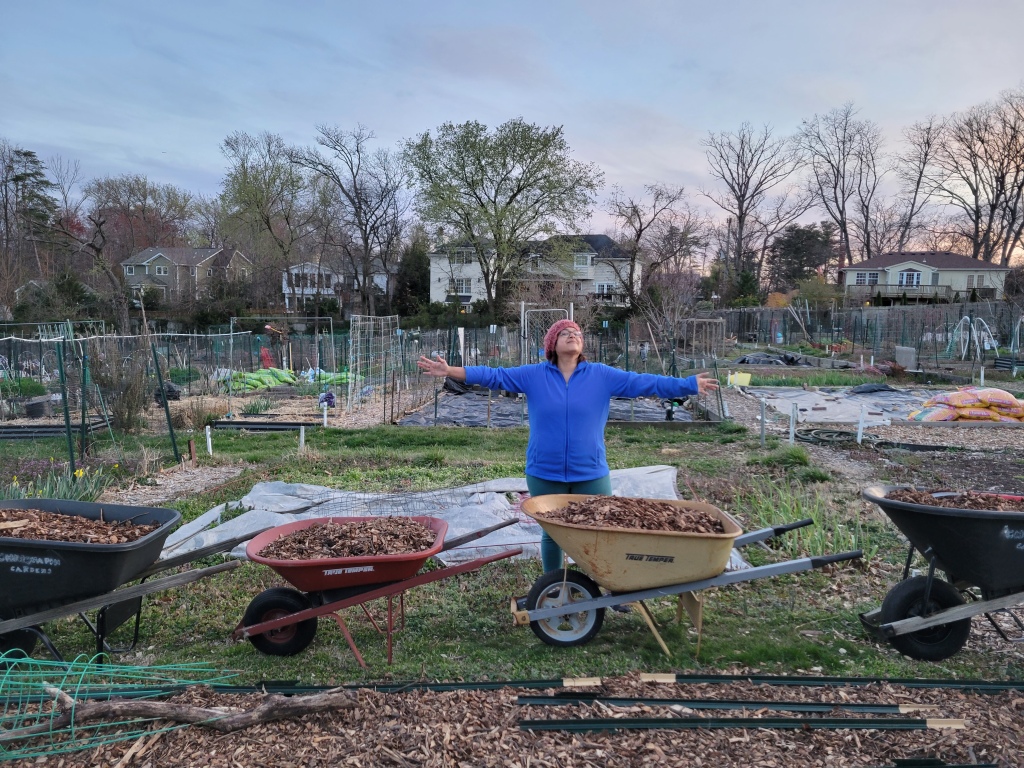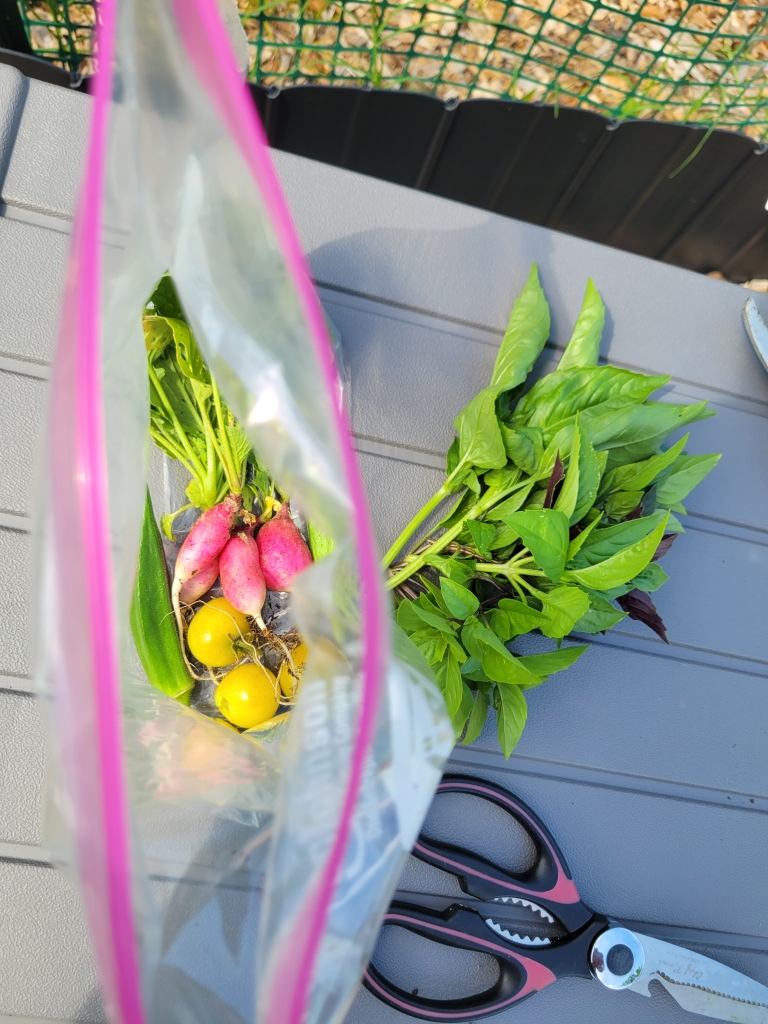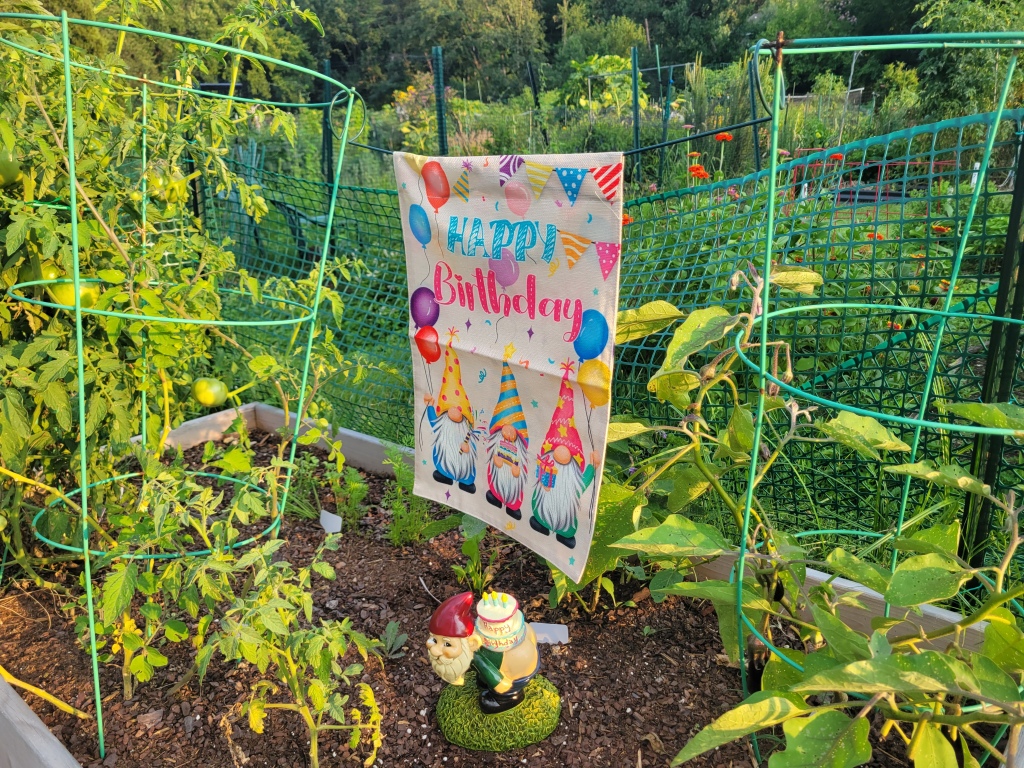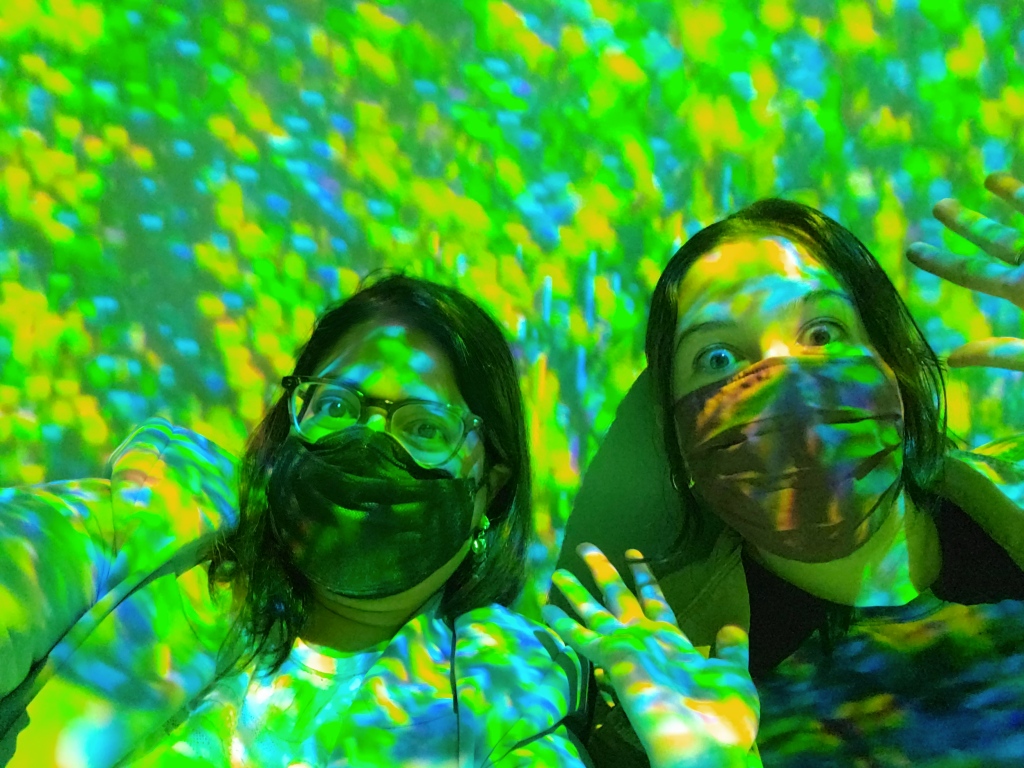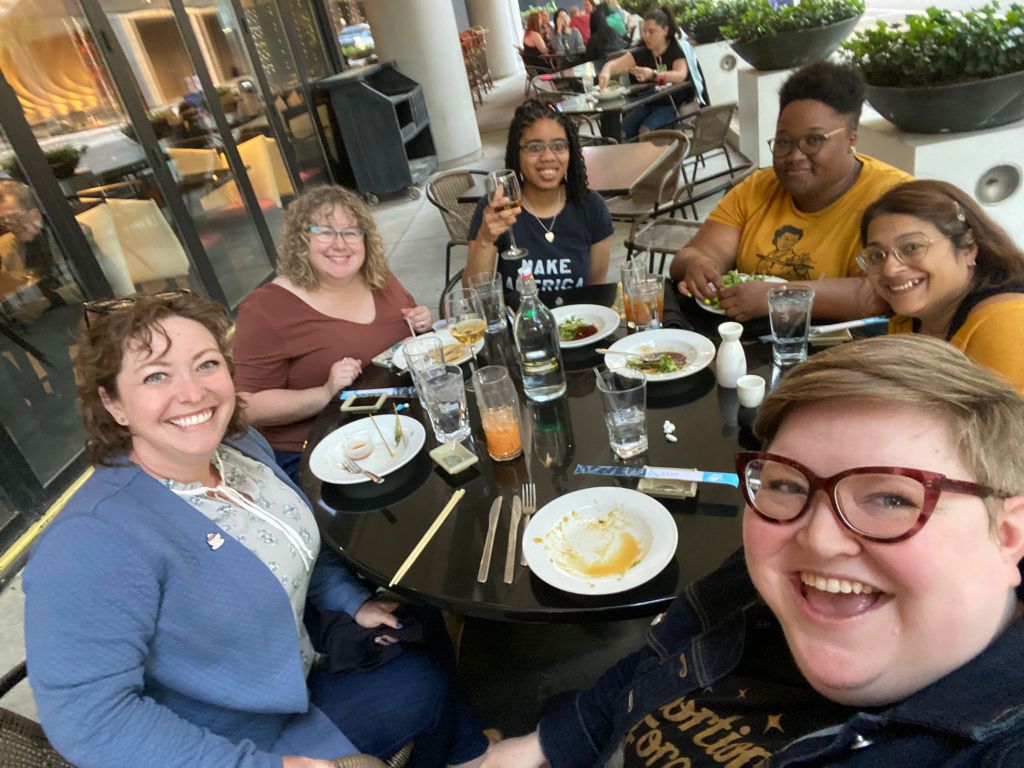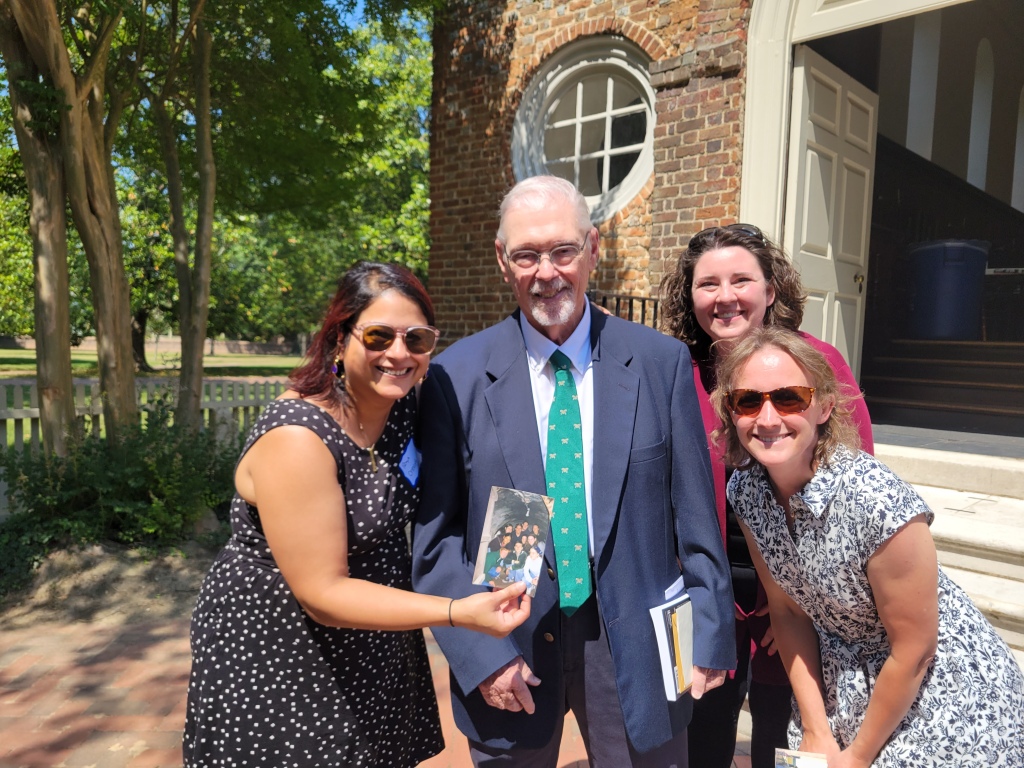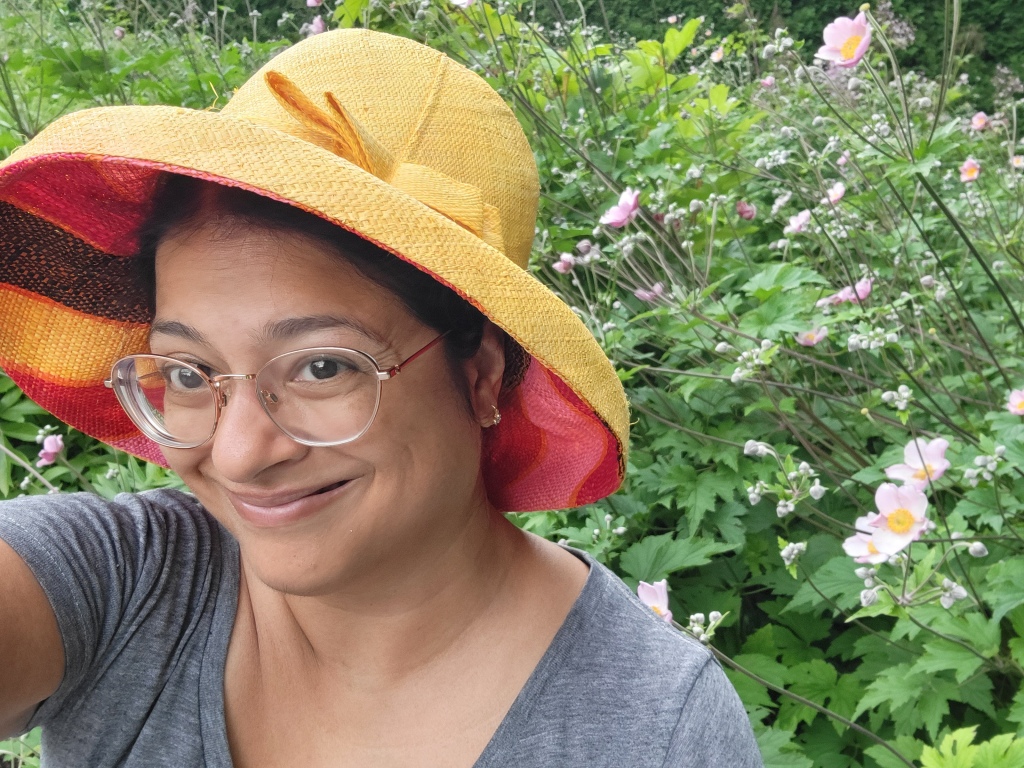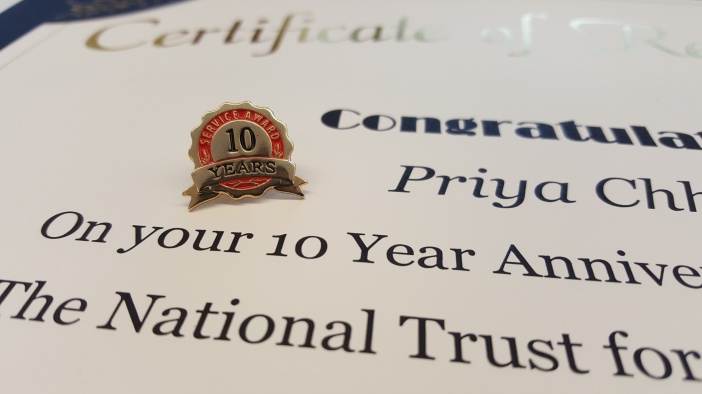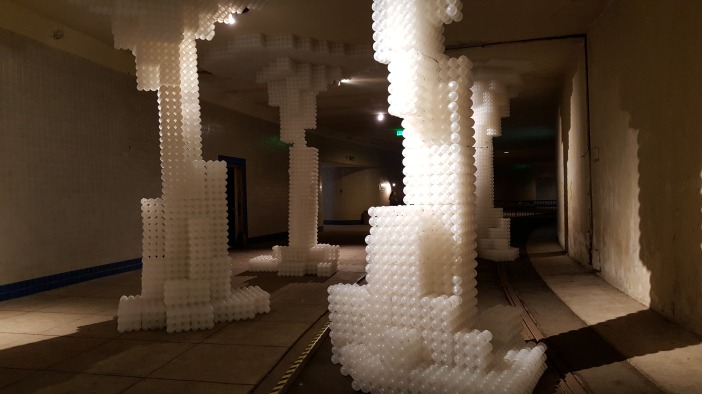If there is one thing I have learned about myself in 2023, it is this: change takes time. It is easy to tell yourself that you are ready to refocus your life and build an expectation for those shifts to happen overnight. It is just as easy to fall back into old habits and get caught up in the least important things, forgetting to breathe, or to strive for the balance necessary for well-being.
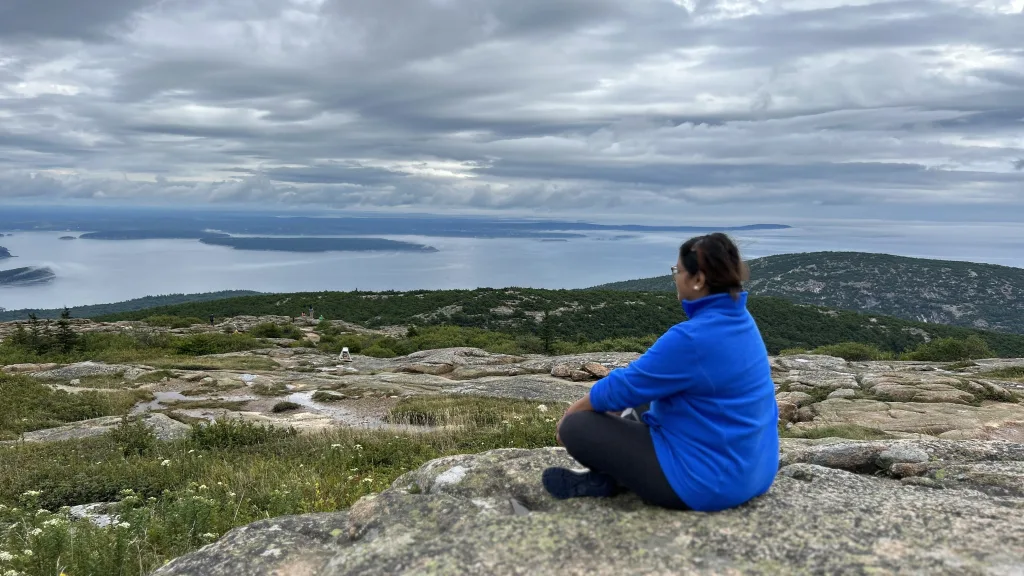
Last January, my intention was clear, 2023 was going to be the year of service. I volunteered for the Posse Foundation, I took photographs at an event for 826DC, I stood as a poll greeter for primaries and the general elections, I continued my committee and board service to the National Council on Public History, and I threw myself into the hyperlocal service that comes from being the chair of my building’s activities committee. All were rewarding in their own way, but it became apparent that there was an imbalance, and the volume of expectations I had put on myself was not sustainable.
2023 was also about standing adjacent to grief.
From January to December, I watched friends and family struggle with profound losses of parents, siblings, grandparents, and friends. While I couldn’t always help, I sent them love, acknowledged their sadness, and was present when needed. Then, as the world faced and continues to face escalating global conflicts, I remembered the words of activist and faith leader Valerie Kaur who said, “Seeing no stranger begins in wonder. It is to look upon the face of anyone and choose to say: You are a part of me I do not yet know,” and so their grief, became my grief. Their loss, my loss.
But I needed a reminder to breathe, to balance the fear, the sadness, and the weight of grief, with the privilege of joy.
That joy, came from precious—in person, lest we take it for granted—time with my family, my friends, and my circles of community. In February, I traveled to India to sit with and be with my aunts, uncles, cousins, and my sole remaining grandmother. It was two weeks of unscheduled time for conversation, for gathering, for feeling, and for love.
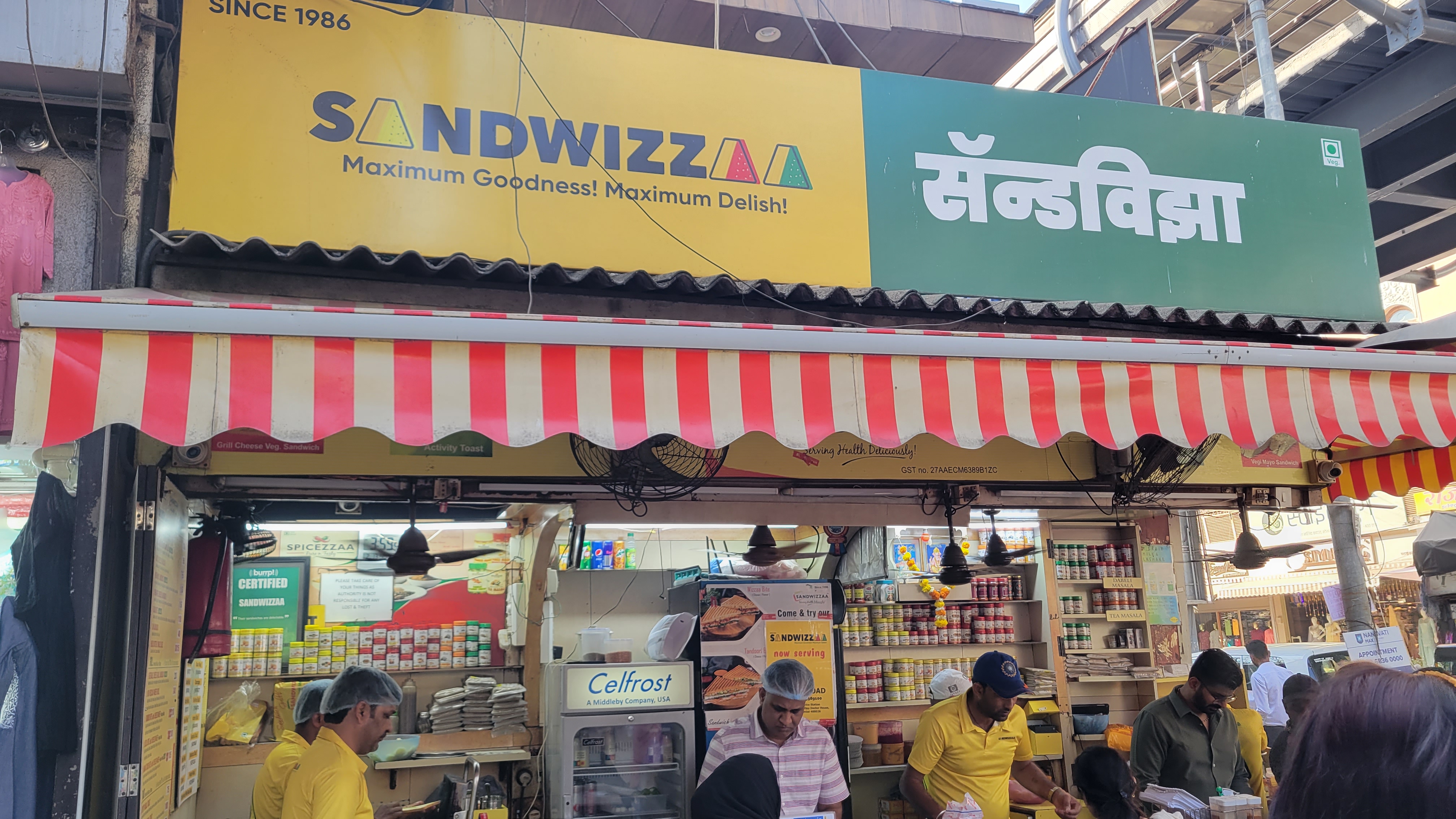
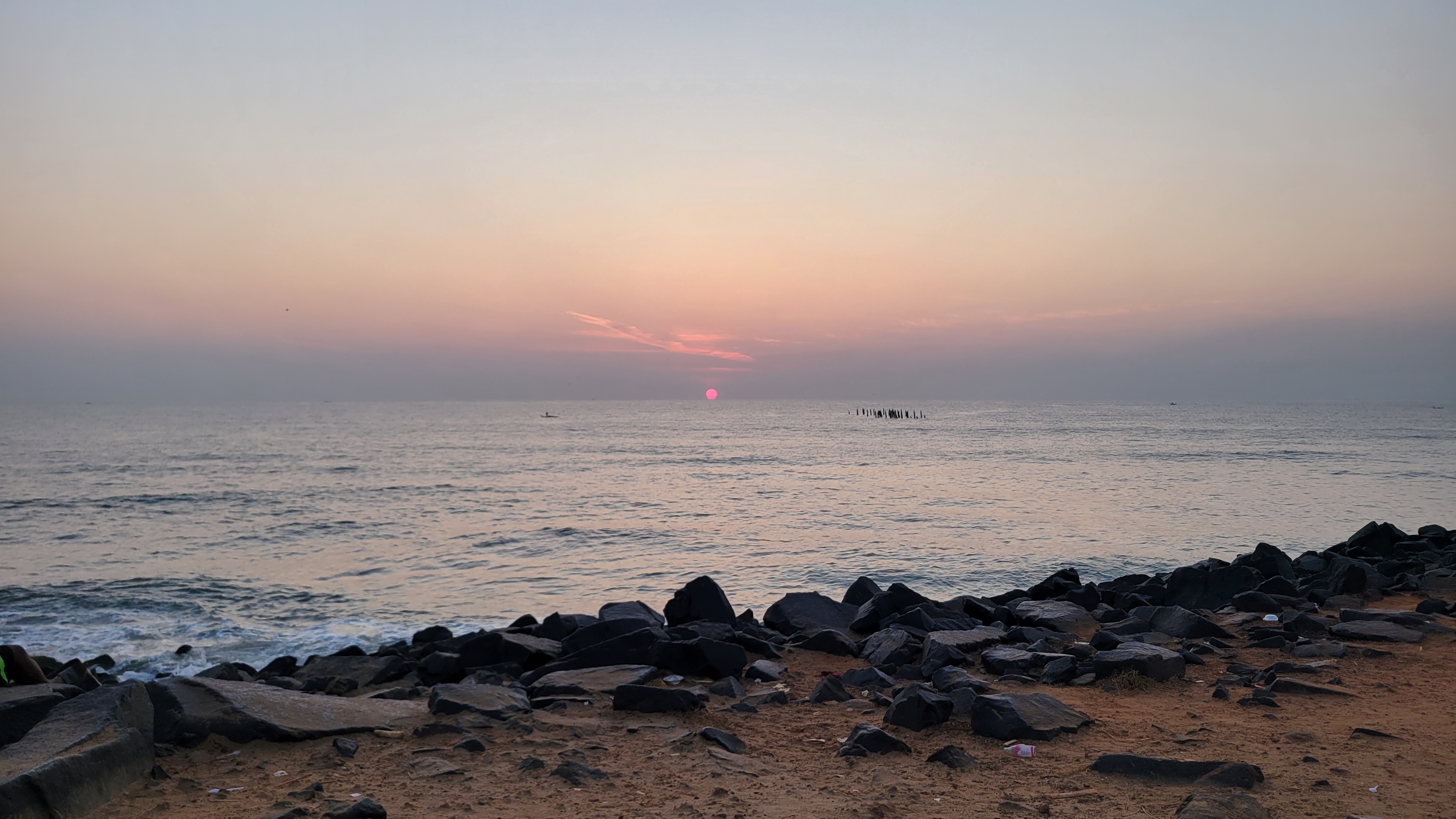
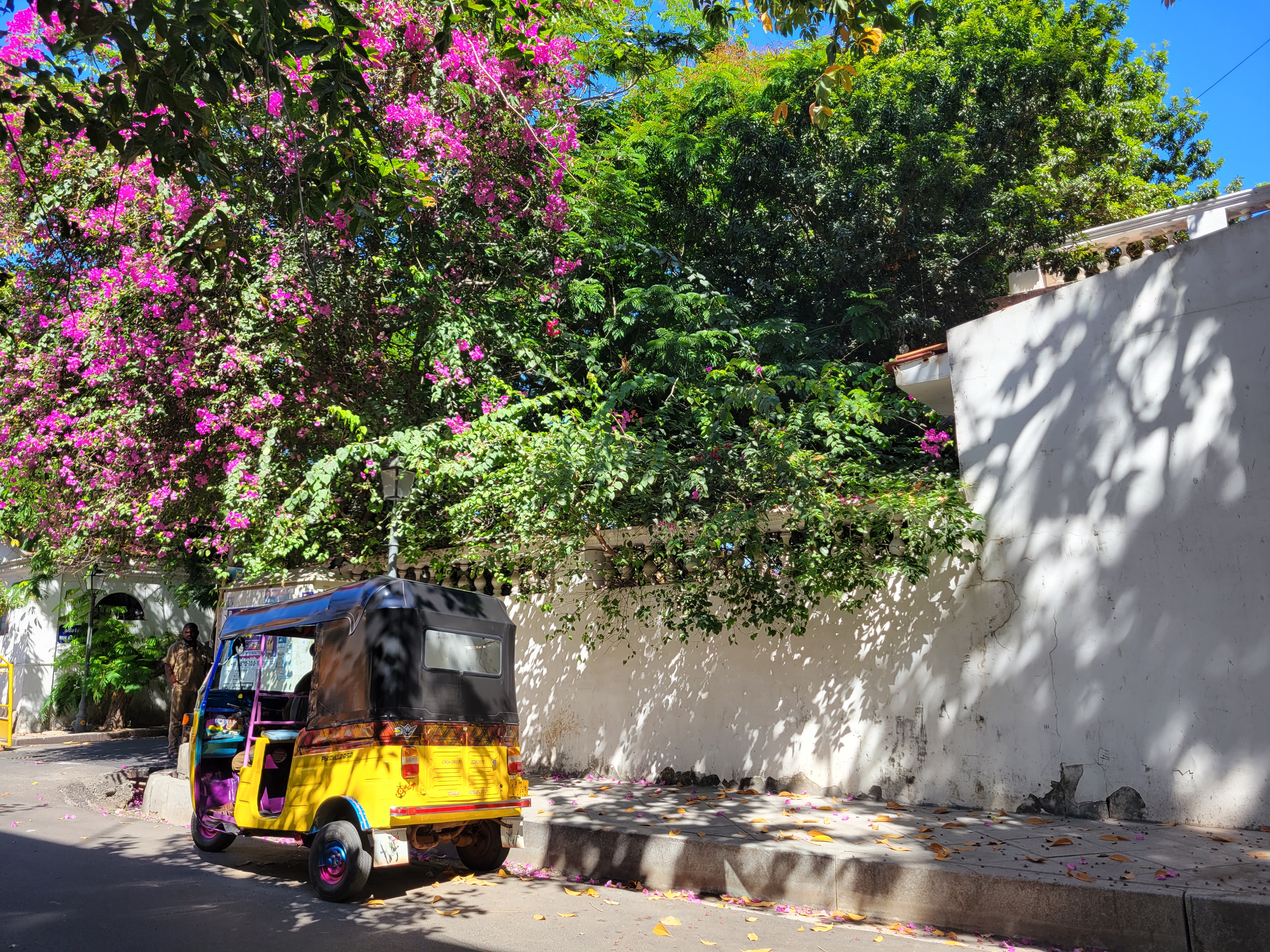
Images Clockwise: My favorite sandwich shop in Mumbai, a street view in Pondicherry, a sunrise in Pondicherry.
Back in the United States, my immediate family and I gathered in San Francisco, New Jersey, and New York City—culminating in an epic 80th birthday party for my father at the end of the year.
In the spring I spent time with my public history colleagues in Atlanta for the first time since 2019, reinvigorating my mind as well as my soul.
I took road trips to Longwood Gardens and returned to Williamsburg to see old friends as my advisor took a well earned retirement. At home, I attended plays and concerts, visited museums, and had meals with people who reminded me of all the good and kindness that still exists amidst the sorrow.
There were intertwined in all of this, personal moments of celebration. I finished my second children’s book From the Stars to the Moon—a love letter for my niece the emphasized the importance of laughter. I attended my first book fair. I found comfort in watercolor painting, and I wrote 50,000 words for a novel that I hope pushes some promises I made over a year ago forward.
I became, as my friend and I joked, a farmer. As we worked on our community garden plot, I learned the patience and care that comes with stepping away from screens and tending the soil.
These people, these personal joys, were the breath that brought the balance.
It was a year filled with both sadness and laughter. My hope for a 2024 that is filled in equal measure with (the expected) difficulty and sought for light. I know that prioritizing both breath and balance will be necessary to make it through.
Pivot Point
I stand at the center. One foot
Planted firmly on one side of the board,
While the other is raised waiting to shift the scales.
My heart races forward, as I
Lower my leg, bearing down weight,
And we change shape—
From a diagonal to parallel to the ground—
An arc that we hope will come around.
Even as the future feels lost,
Not found.
I stand at the center, still. Both feet
Planted, a triangle that cannot be ignored.
The air that fills my lungs brings clarity,
Even as we stand at the edge of a
Singularity.
A black hole from which reality
Ignores the laws of gravity.
The air that leaves my lungs
Creates uncertainty,
A wobble, a catch—but not all is lost.
I shift and adjust. I lean forward, and then
Breathe in again.
As always below is my list of things I read, experienced, and wrote in 2023.
Priya with friends (and flowers). Clockwise from top left with AY at ARTECHOUSE’s Beyond the Light, with a remarkable group of friends and historians at NCPH’s annual meeting in Atlanta, with my college advisor James P. Whittenburg at his retirement with fellow “Whittenburg History Kids” Melissa and Julia, and a self portrait at Longwood Gardens.
Continue reading “2024: Breath & Balance”